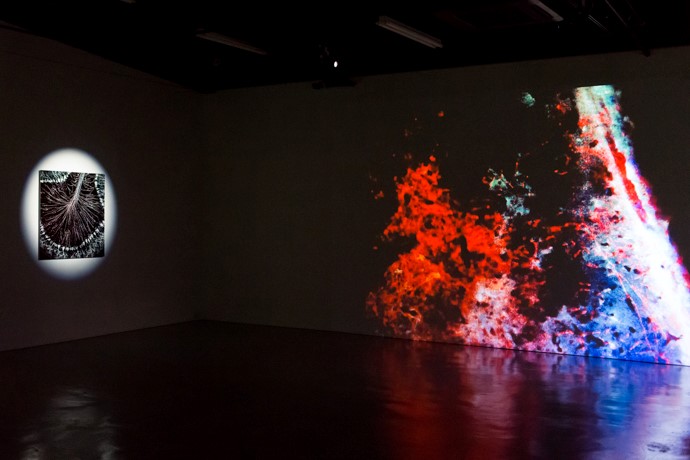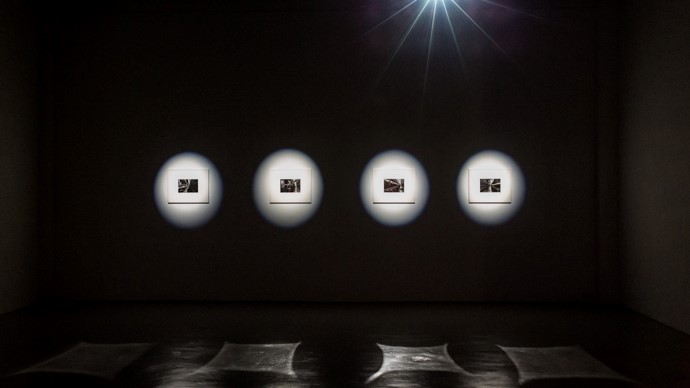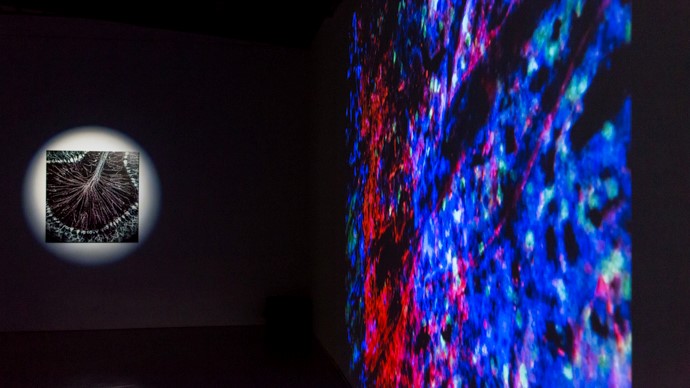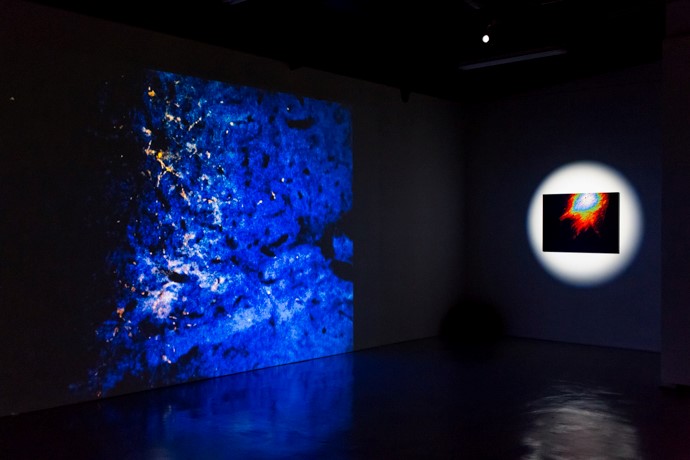|
「the universe of the brain」吉岡さとる & Hermina Nedelescu.PhD 会場:gallery COEXIST-TOKYO 住所:東京都江東区木場3-18-17 開催日時:2015年12月5日(土)-12月27日(日) 「我々の中に、宇宙が存在するのか?」 does the universe exist in our body? 共同開催:ラディウム - レントゲンヴェルケ/gallery COEXIST-TOKYO (東京) |
|

|
|

|
|

|
|

|
|
|
展覧会開催にあたって
吉岡さとるは、沖縄科学技術大学院大学(OIST)の神経科学研究ユニット協力のもと、2013
年よりHermina
Nedelescu.PhD(ヘルミナ・ネデレスク)氏と協同で、電子顕微鏡で得られた実験用マウスの脳内データを撮影している。 |
|